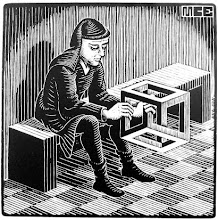
High density apartment developments encroaching Notting Hill with an appetite for the school grounds next
FROM Camberwell to Moonee Ponds, normally sedate and polite people are joining a movement that could eventually mean trouble for the Bracks Government.
John Masanauskas May 07, 2007 12:00am Herald Sun
These unlikely suburban warriors are opposed to Melbourne 2030 -- a plan to fit more than one million extra people into the city over the next 20 years. Under the plan, much of the growth should occur in so-called activity centres, high-rise apartments built around transport and business hubs.
The best known proposal involves Camberwell station, mainly because of high-profile opponents Geoffrey Rush and Barry Humphries.
For members of protest group Planning Backlash, the big issue is that many developers are destroying neighbourhoods by over-developing existing residential sites.
Ann Reid, from Malvern East, said replacing single house blocks with multi-unit and dual occupancy developments was making people angry.
"There's more traffic congestion, a loss of open space, loss of trees and loss of neighbourhood character," she said. "This dogma of growth is destroying the suburbs."
Marion Quartly, from Notting Hill, said residents were concerned two public schools that were closed were being replaced by hundreds of houses.
Monash University demographer Dr Bob Birrell said building approval figures showed the Government's plan to move people into activity centre apartments wasn't working. He said the apartments were too expensive, and more than a third of dwellings now built in Melbourne comprised so-called opportunistic in-fill.
"This is where an existing house is demolished and replaced with several units or a unit is built in the backyard of an existing home. It's fundamentally changing the nature of suburbia, but in-fill is not discussed in Melbourne 2030 at all."
Read more
From BRAG

No comments:
Post a Comment